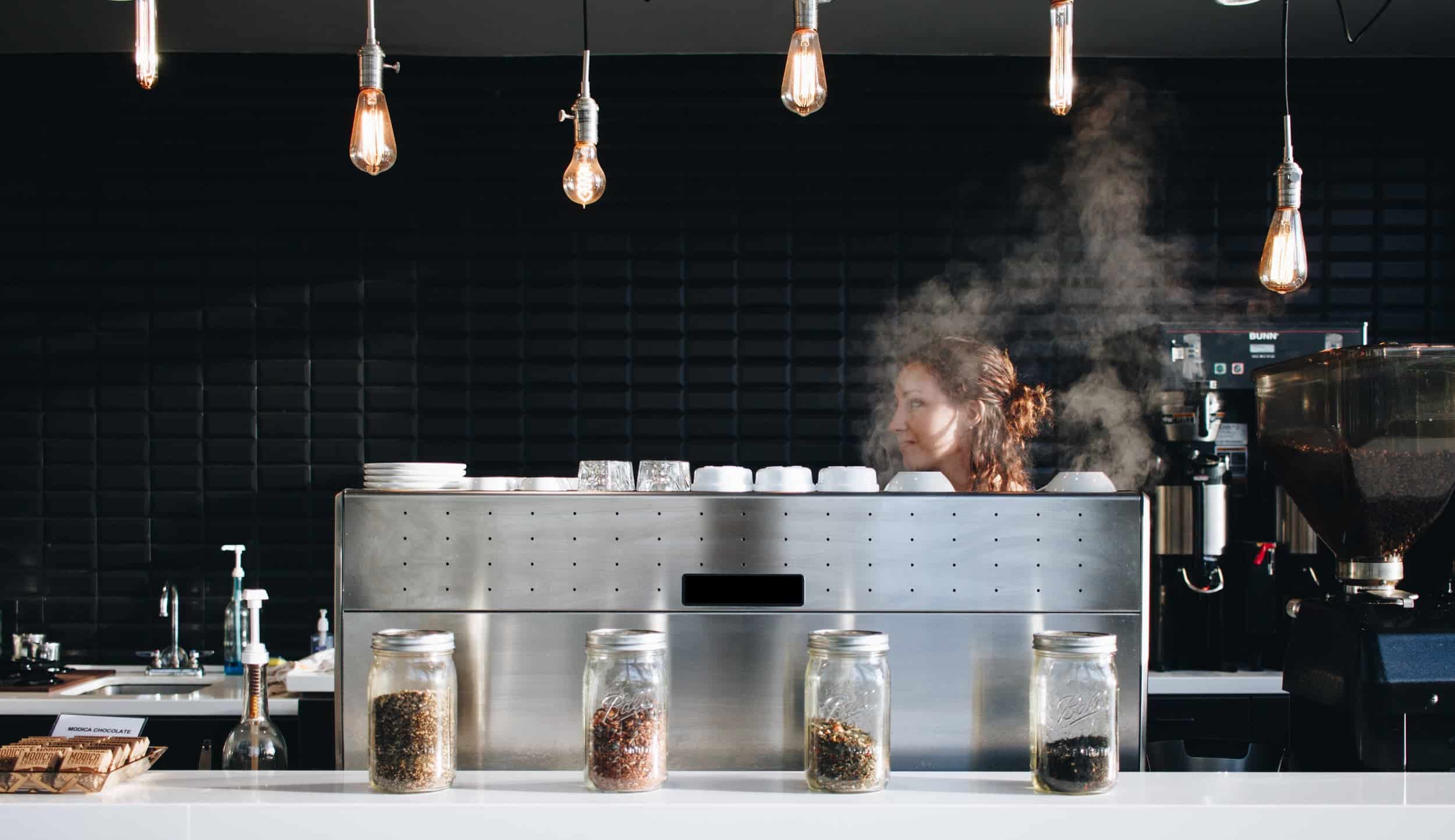Our client Downtown Credo is a not-for-profit business with a small product and a large mission intent on using creativity as a conduit to affect positive change in the community. The name Credo is defined as “an idea or set of beliefs that guide the actions of a person or group.” So, what better way to illustrate our focus on storytelling than with a project closely aligned with our own values? The story of Credo focuses on the power of design to influence the lives of the people we design for—how breakthrough ideas can create a better future.
Many of you probably started your morning with a cup of coffee. When is the last time you bought a cup, and instead of the Barista telling you that you owed $2.30, you told the Barista how much you were willing to pay? (Ok, $4.00 if you’re in LA or New York!)
Better yet, when’s the last time you bought a cup of coffee and walked away feeling like you impacted your community—or even the world? If you’ve never experienced either of these, then you’ve never been to Credo.
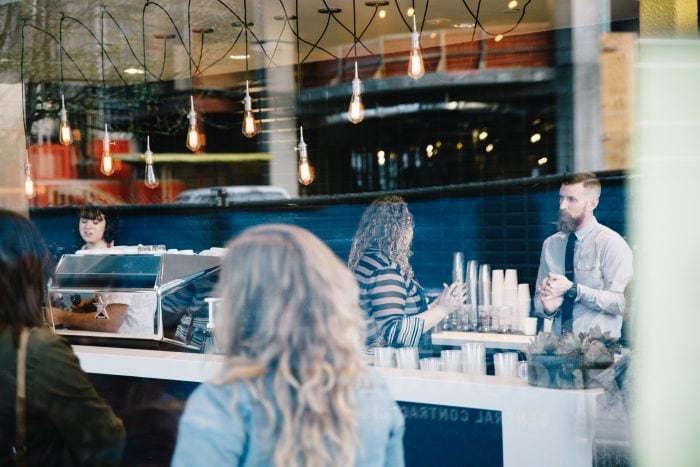
With a “name your price” menu and a brand promise that’s a catalyst toward lives of meaning, impact and community, Credo isn’t your typical coffee shop.
In fact, it acts much like a non-profit, making global impact by buying coffee from countries like Guatemala and Nicaragua. In turn, the proceeds Credo makes from its coffee sales go toward funding local community projects.
Outside of helping to achieve the Credo mission, this small, friendly, flexible space located in the heart of Florida Hospitals’ Health Village (in the administrative building which was also designed by Little), has created quite the communal buzz.
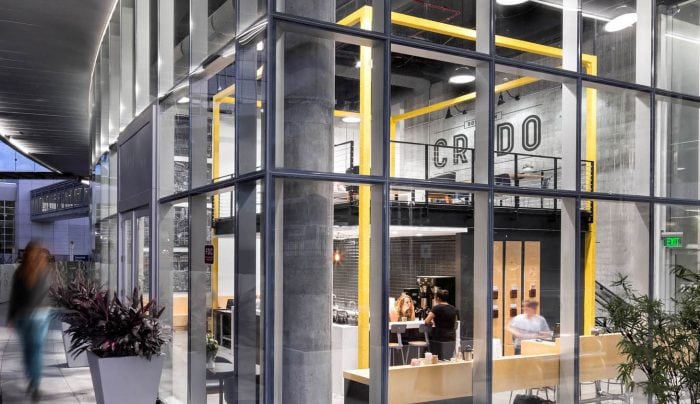
Beyond the lattes and mocha cappuccinos lie an incubator for new businesses and community programs. It’s a place where friendships are fostered. Best of all, it’s a place where the sick can—for a brief moment—forget they are sick.
Since it’s located on the Florida Hospital campus, the space has unexpectedly become a destination where nurses, therapists and physicians take patients to boost their spirits. Case in point: Marisa Crooks, a speech therapist with Florida Hospital who works primarily with stroke patients.
Before Credo, she would take patients for a stroll outside of their room and occasionally outside to let them get a breath of fresh air. Regardless of where she went, there were remnants of the hospital atmosphere.
Now, Marisa takes her patients to Credo. As she strolls them through the light-filled space and up the elevator to the mezzanine level, something changes with her patients when they are immersed in the communal buzz. Their demeanor suddenly seems more optimistic. They feel elevated to be part of something positive and temporarily away from their troubles.
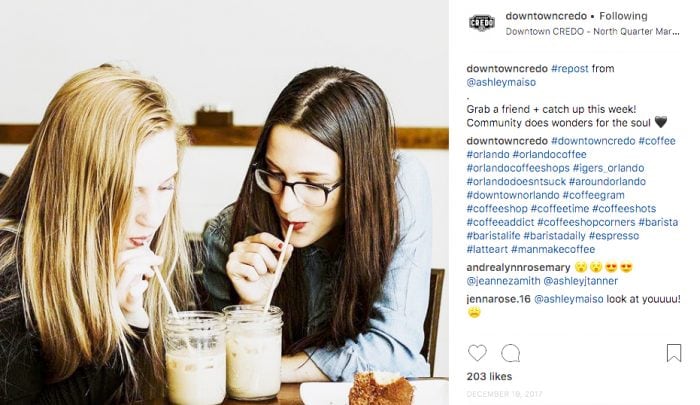
The Credo space we designed has served as a catalyst for bringing people together and impacting lives. The overwhelming success of our AIA award-winning concept at Florida Hospital has allowed Credo to expand into additional space on the hospital campus and open two additional locations in the Orlando area.
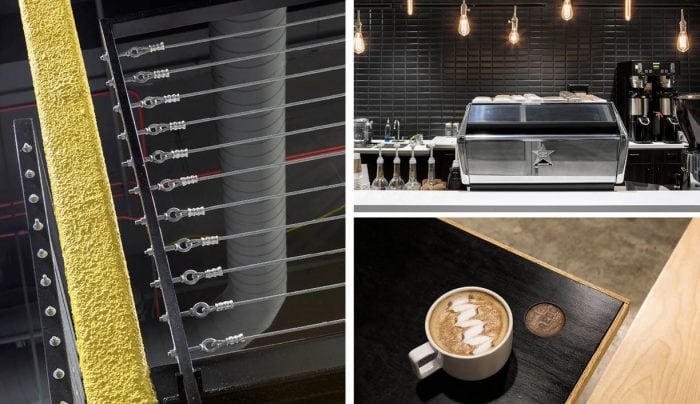
It has exceeded the team’s financial expectations. Customers not associated with the hospital, along with entrepreneurial starts-ups, have flocked to the campus, surprising many.
“The difference is that the College Park location is dark, intimate, and filled with hipsters, creatives and what I presume to be vegans. This location is bright, industrial, and chic. It appeals to the medical professionals who don’t want to sit on a rump-sprung sofa. Definitely a great workspace that is less crowded than its College Park counterpart, with more electrical outlets and a different vibe. Plus, there’s the view of the trains passing by which is super cool to watch.”
Yelp! Customer
We looked toward Instagram (Check out @downtowncredo #downtowncredo) and other social media channels for authentic, lifestyle-focused imagery of our projects enjoyed by the community. Additionally, we found insightful sources of customer feedback—with no shortage of customers excited to share their opinions—on Yelp. Here’s one of my favorites:
“Whereas the College Park location is like grandma’s house (hip grandma who knows old is in and has outlets everywhere for your devices) this location is your Silicon Valley uncle’s house. Sleek, clean, slightly industrial—I was digging the amount of space and light from the two-story high windows. This is the place to go if you need a reminder about why this city is so freaking great.” – Yelp Customer
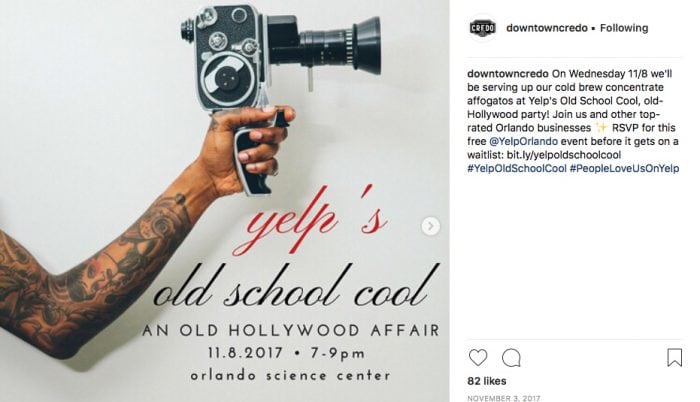
In the belief that this should not only be a place to go when sick—moreover, a part of the community than an alienated outpost of it—Credo conducted a poll of their customers six-nine months after opening. They discovered that 50% of their customers were non-patients who were coming to meetings and working from the space. Many arrived via the nearby light rail transit. Credo has become a destination rather than a stop-over on a campus visit.
Credo’s founder Ben Hoyer echoed these points in the D&AD Impact Awards submission.”Our customers love the space, the quality of the space, the view and natural light from the windows and the communal buzz—all aligned with our mission.”
He noted that the space has helped them grow beyond these four walls, serving as a catalyst to incubate new businesses and community programs. So much, they have taken additional space upstairs. It has also given them exposure to a larger audience and opened up opportunities for their business to expand with two other locations taking hold since this project opened.

There are certainly more angles to this story—many from an architectural point-of-view. The project has even been recognized by several design awards. However, it’s what architecture enables people to do or feel that drive customer loyalty and the success of our clients.
For many, Credo offers an opportunity for patients, visitors, and staff to escape the typical environment of a hospital campus—to re-connect with themselves and the community. It’s the reason for our emphasis on crafting stories and why our portfolio photography may have an increasingly editorial feel in the future.
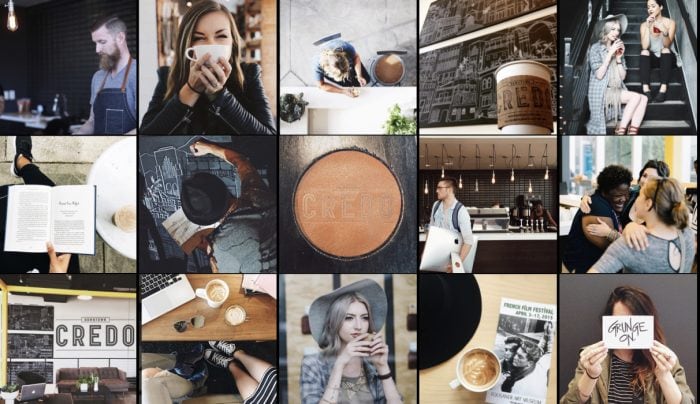
Thanks to all of our project team in Orlando and Newport Beach, as well as photographers Mark Steele, Seth Dunlap, Caio Freitas and all the hipster fans, customers, patients, visitors, and staff for continuing to tell the Credo story.
